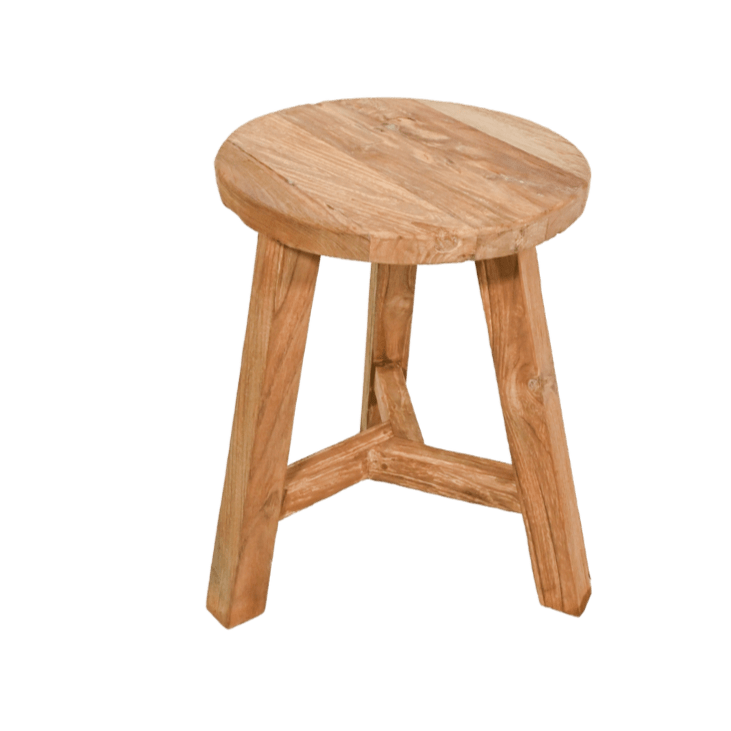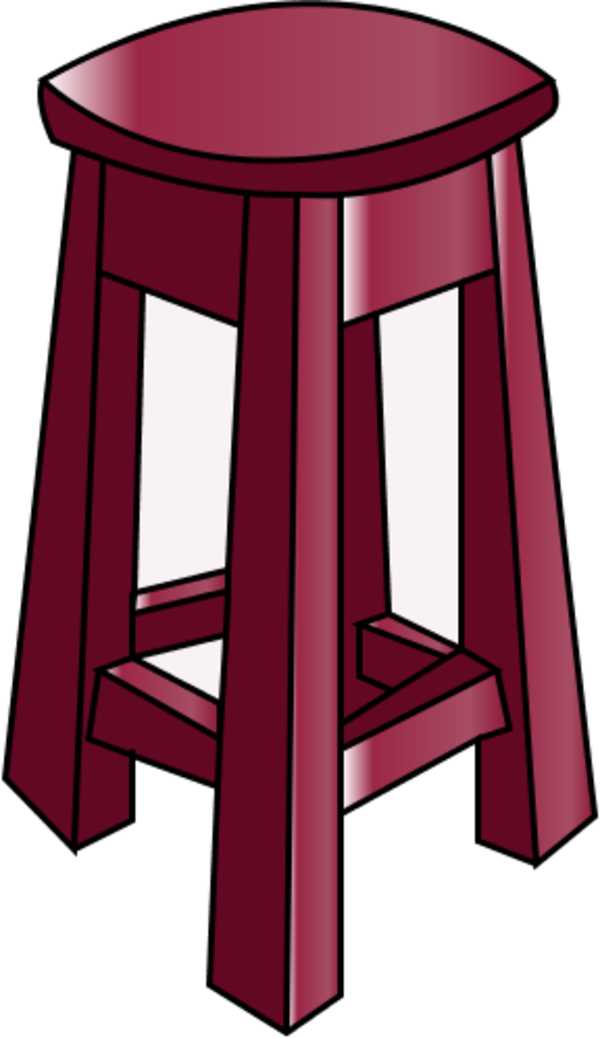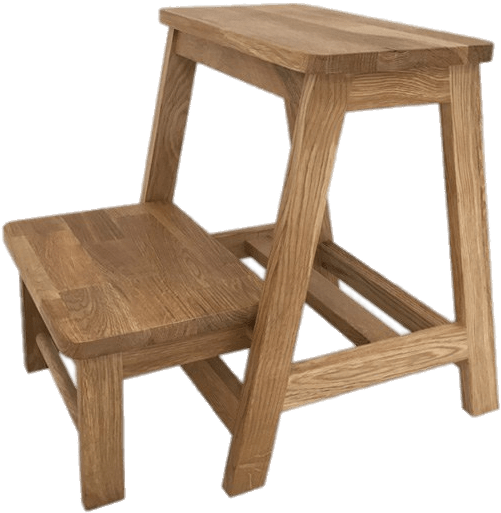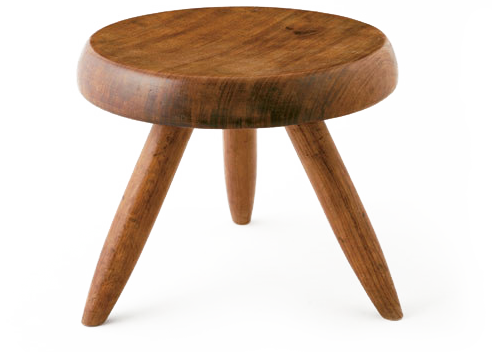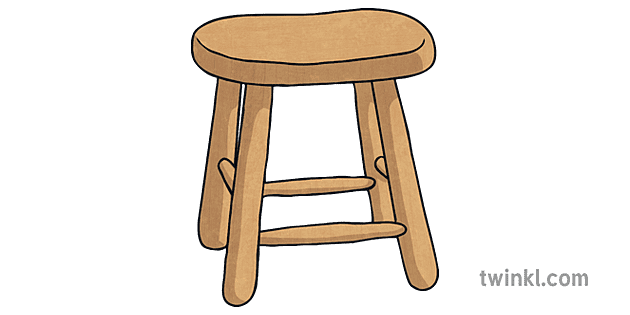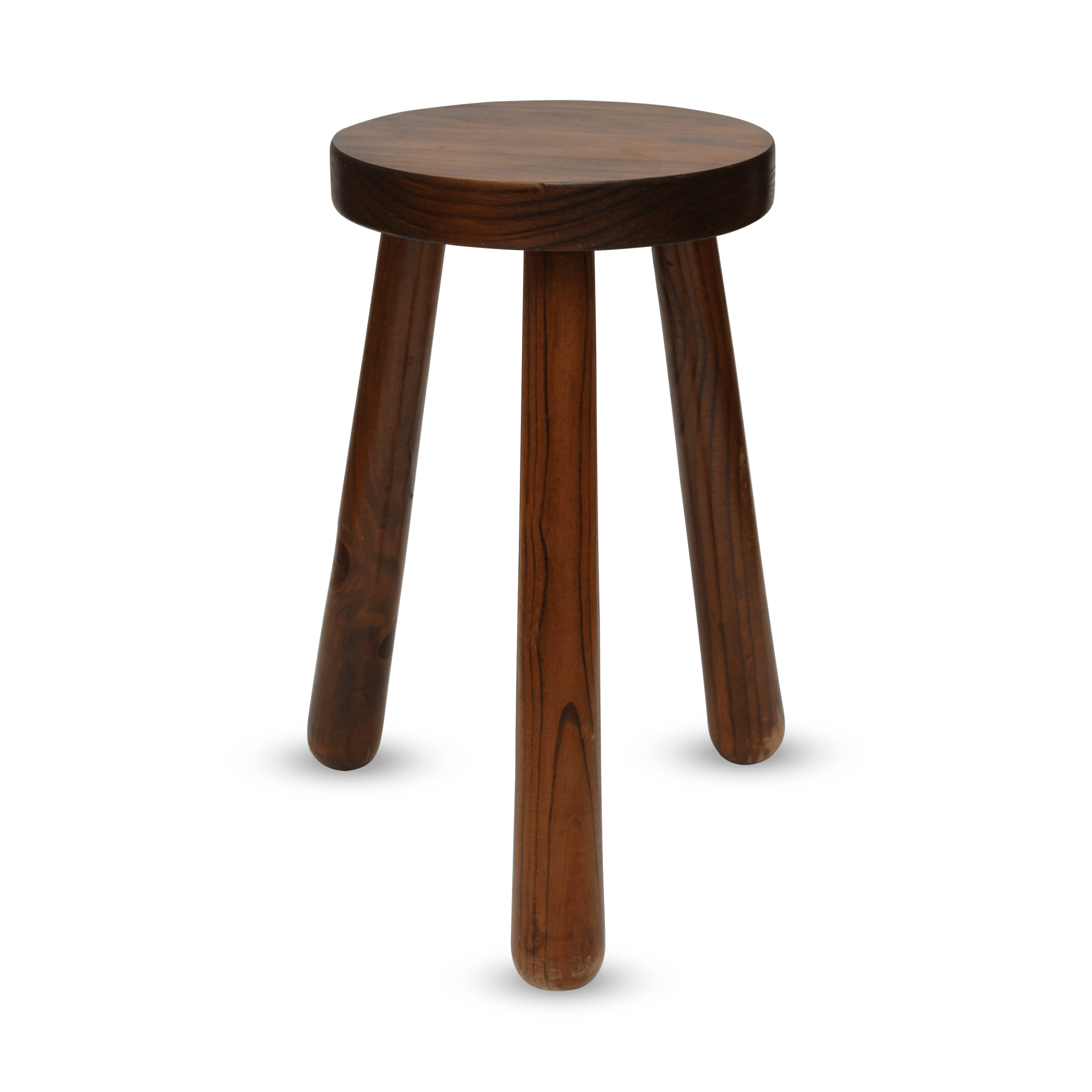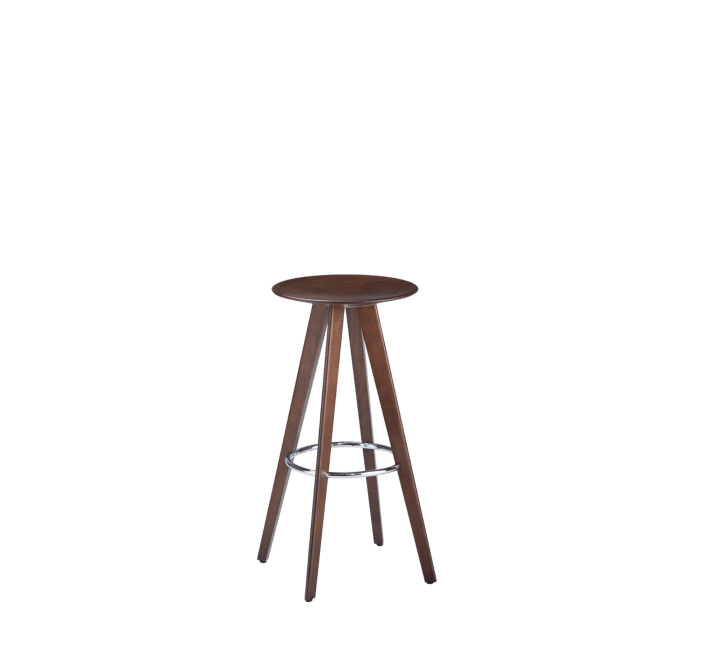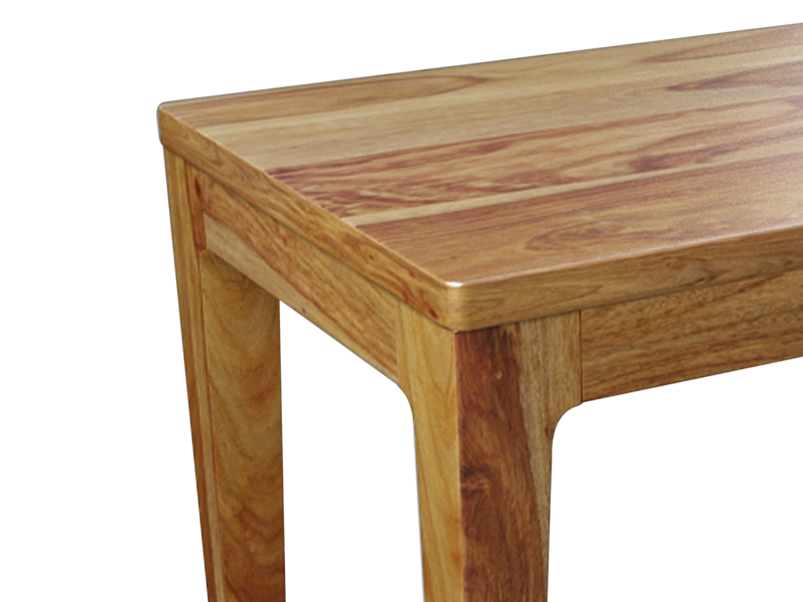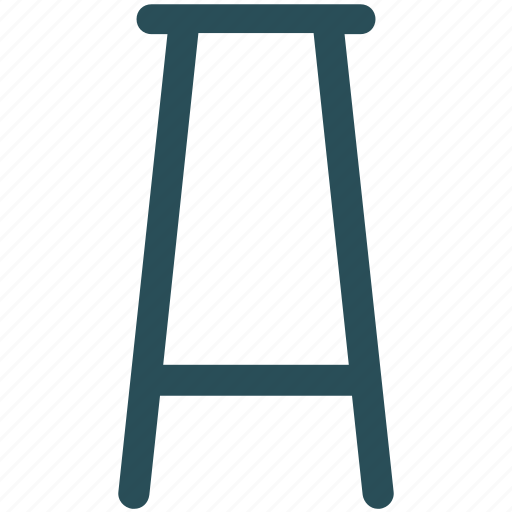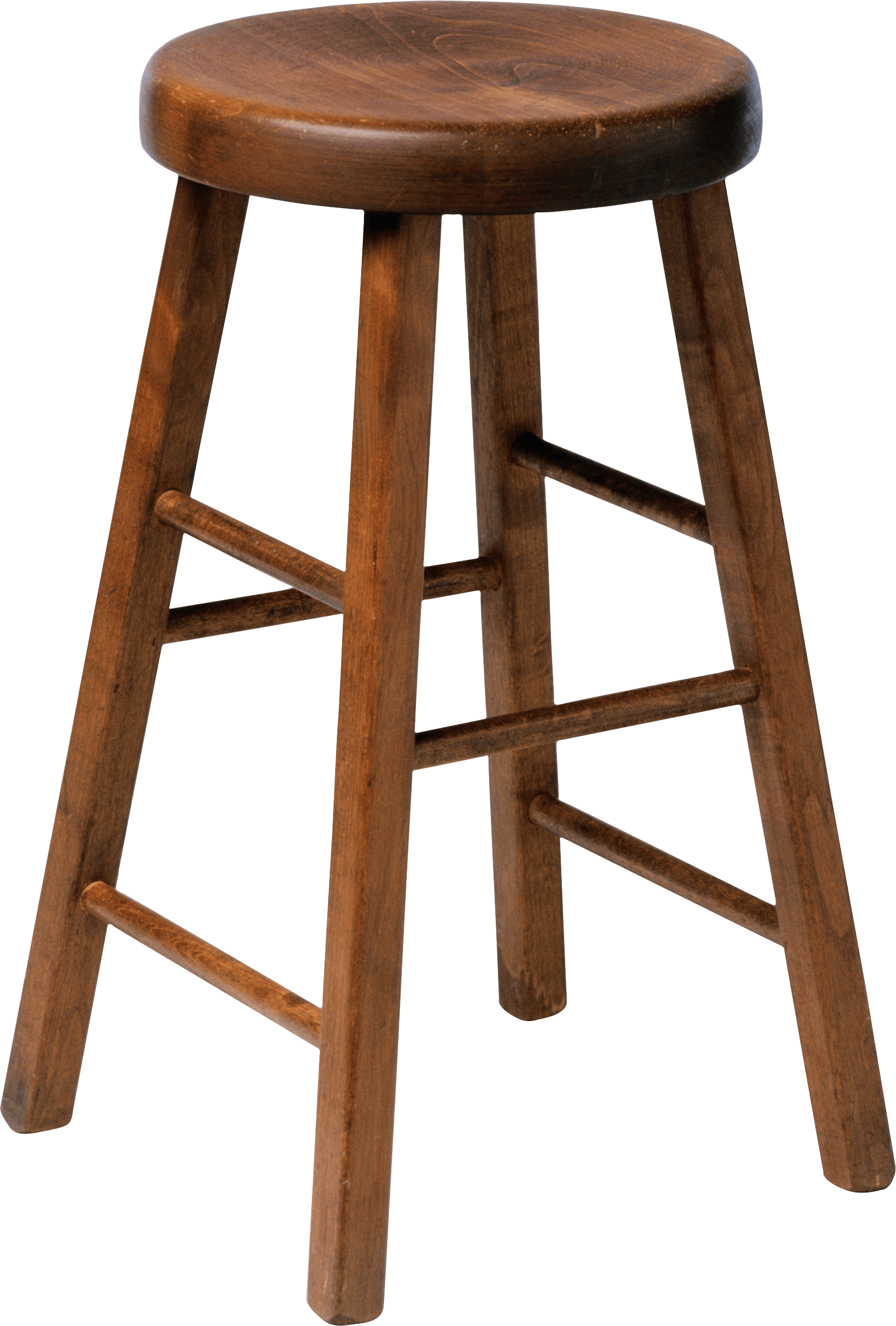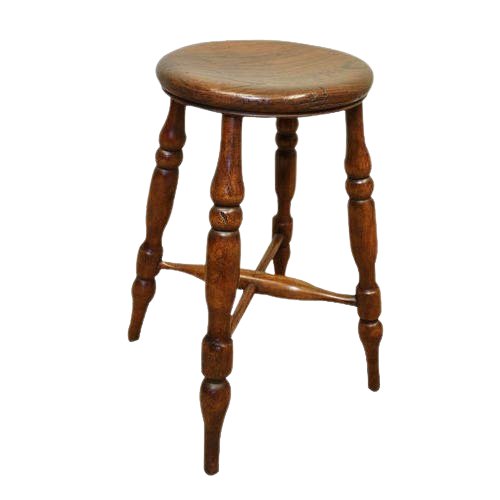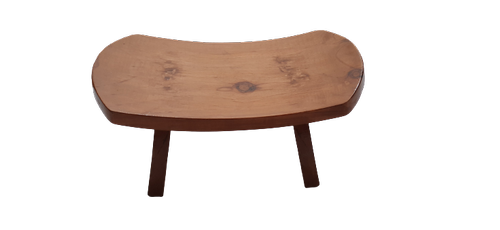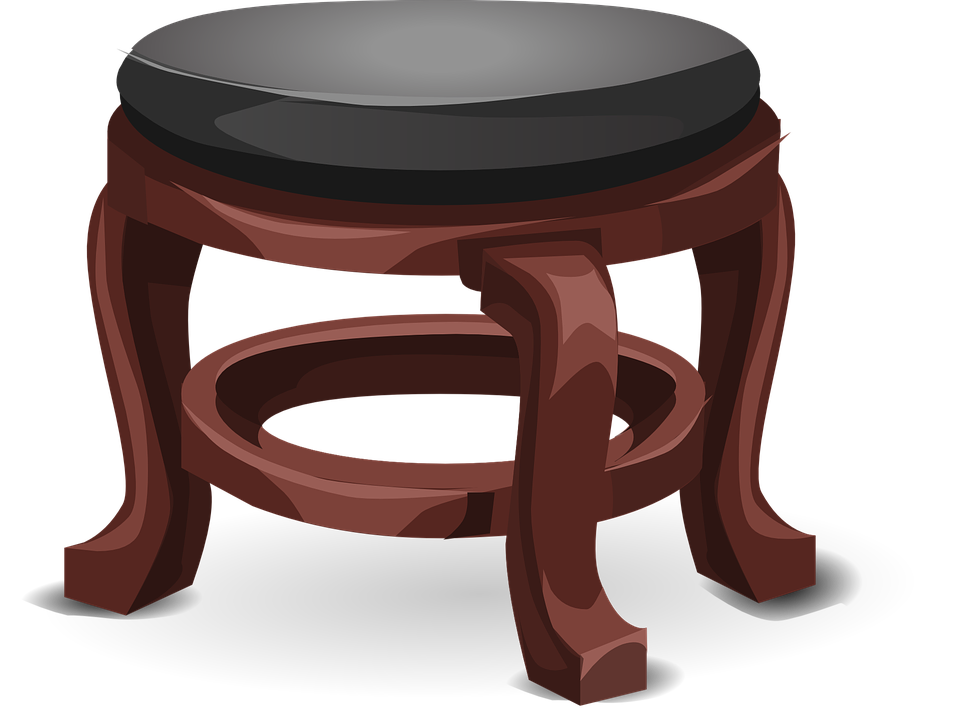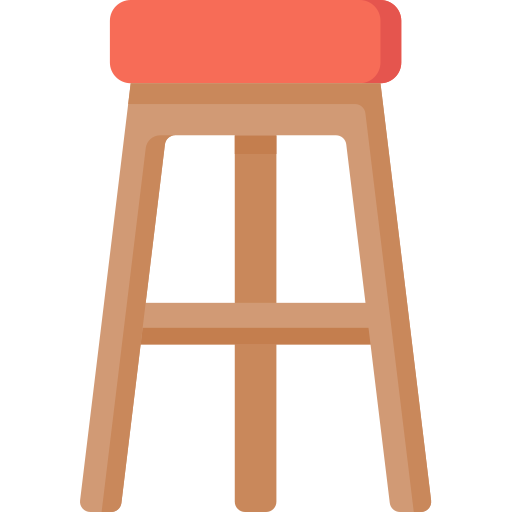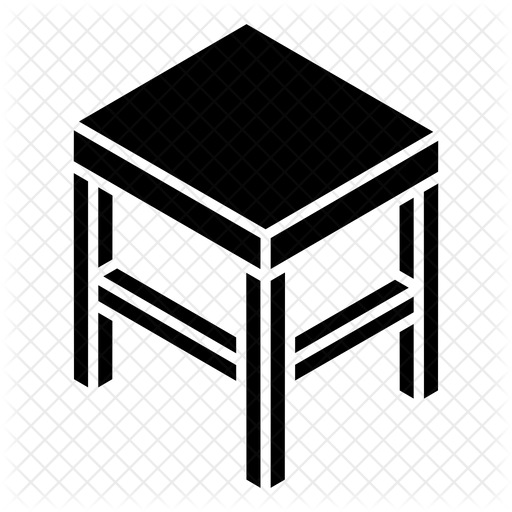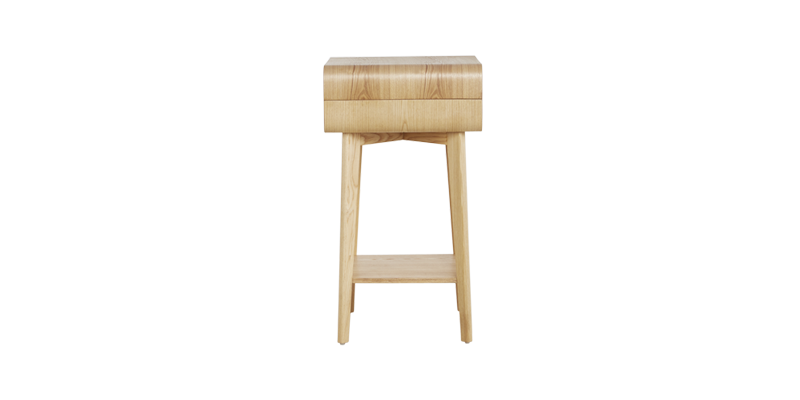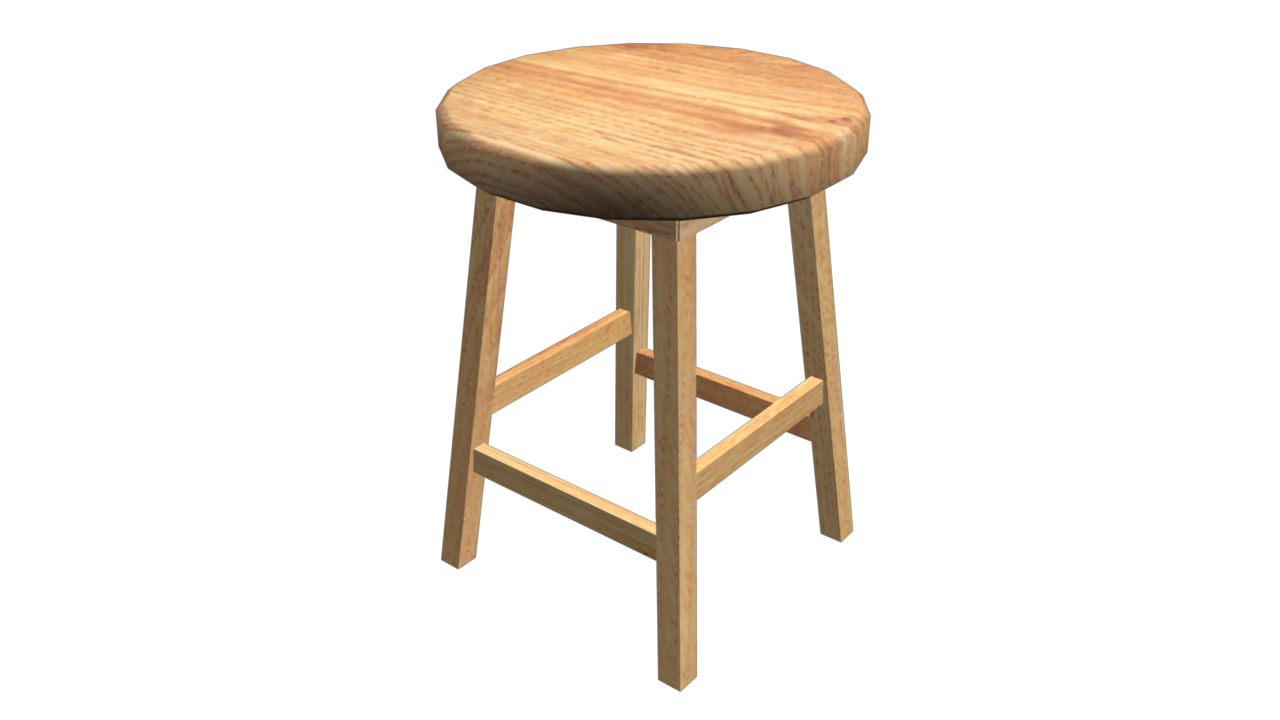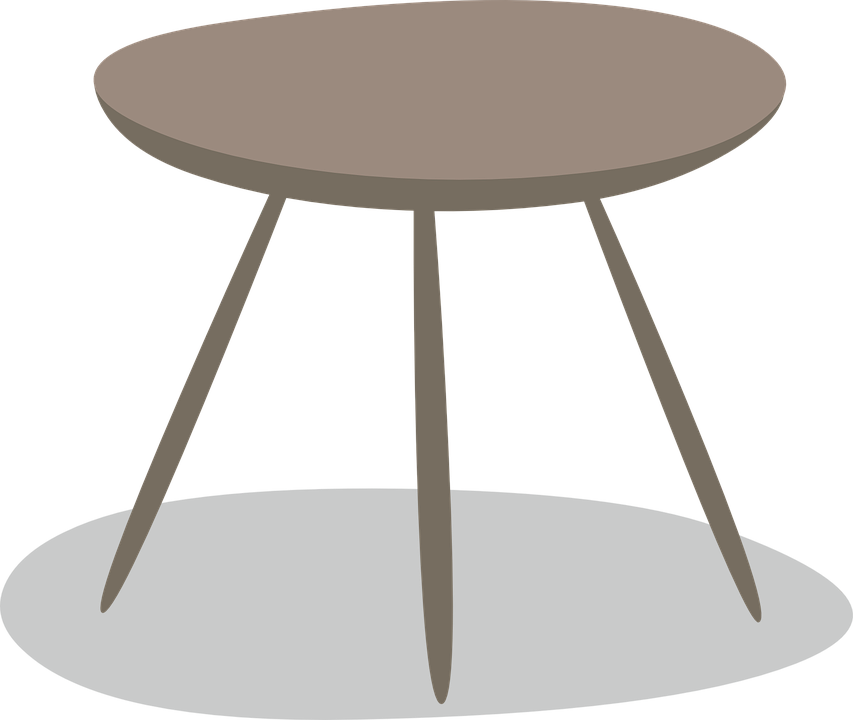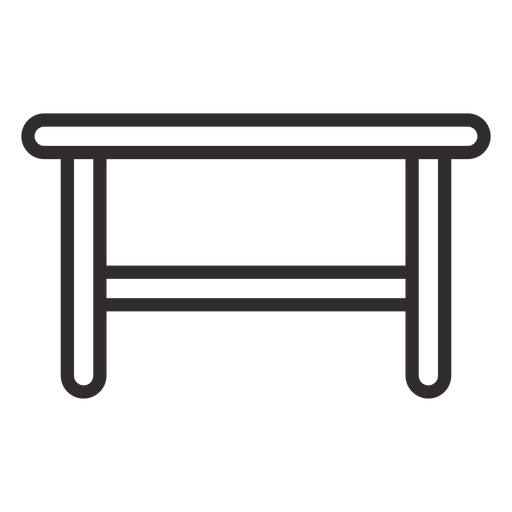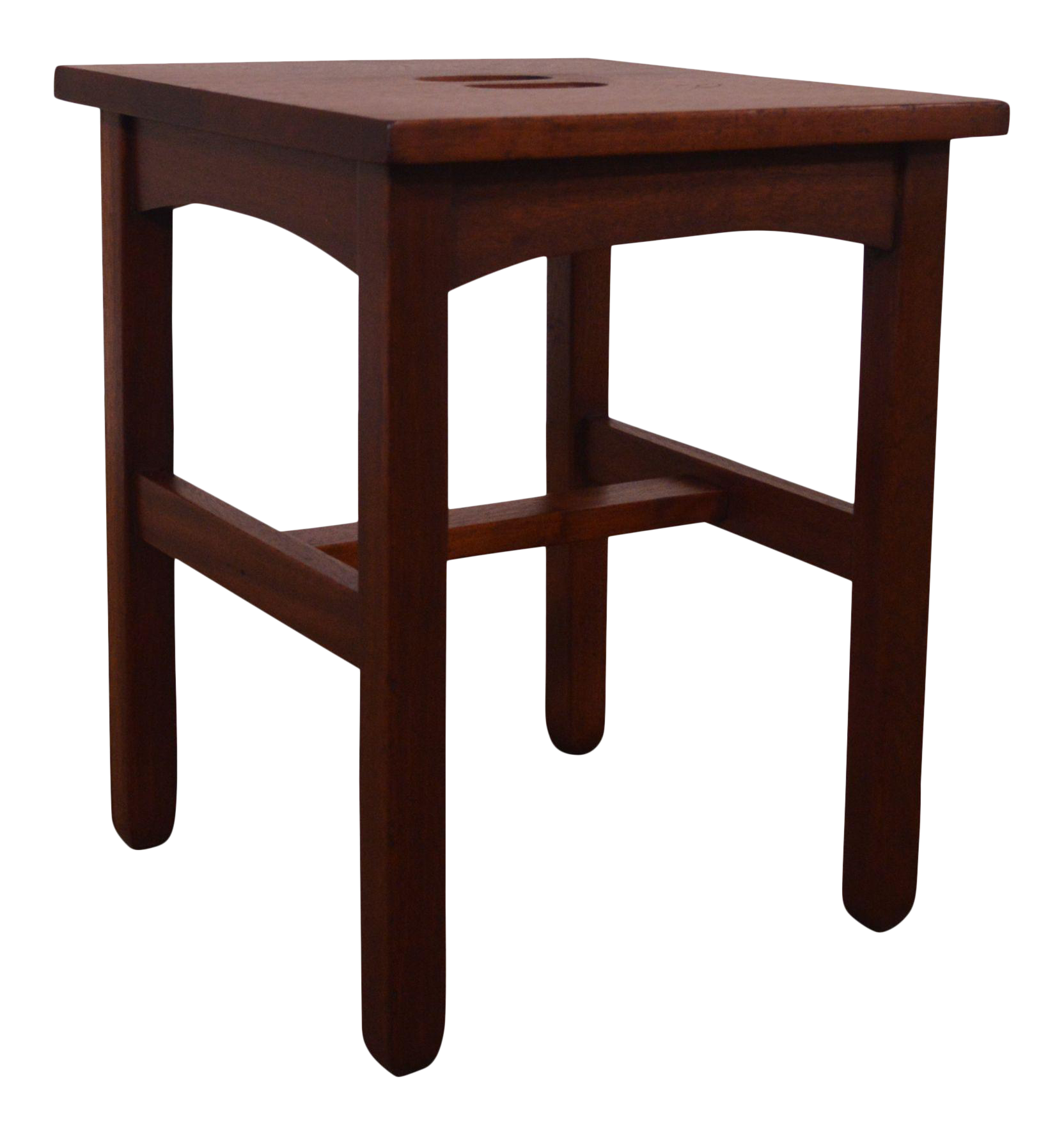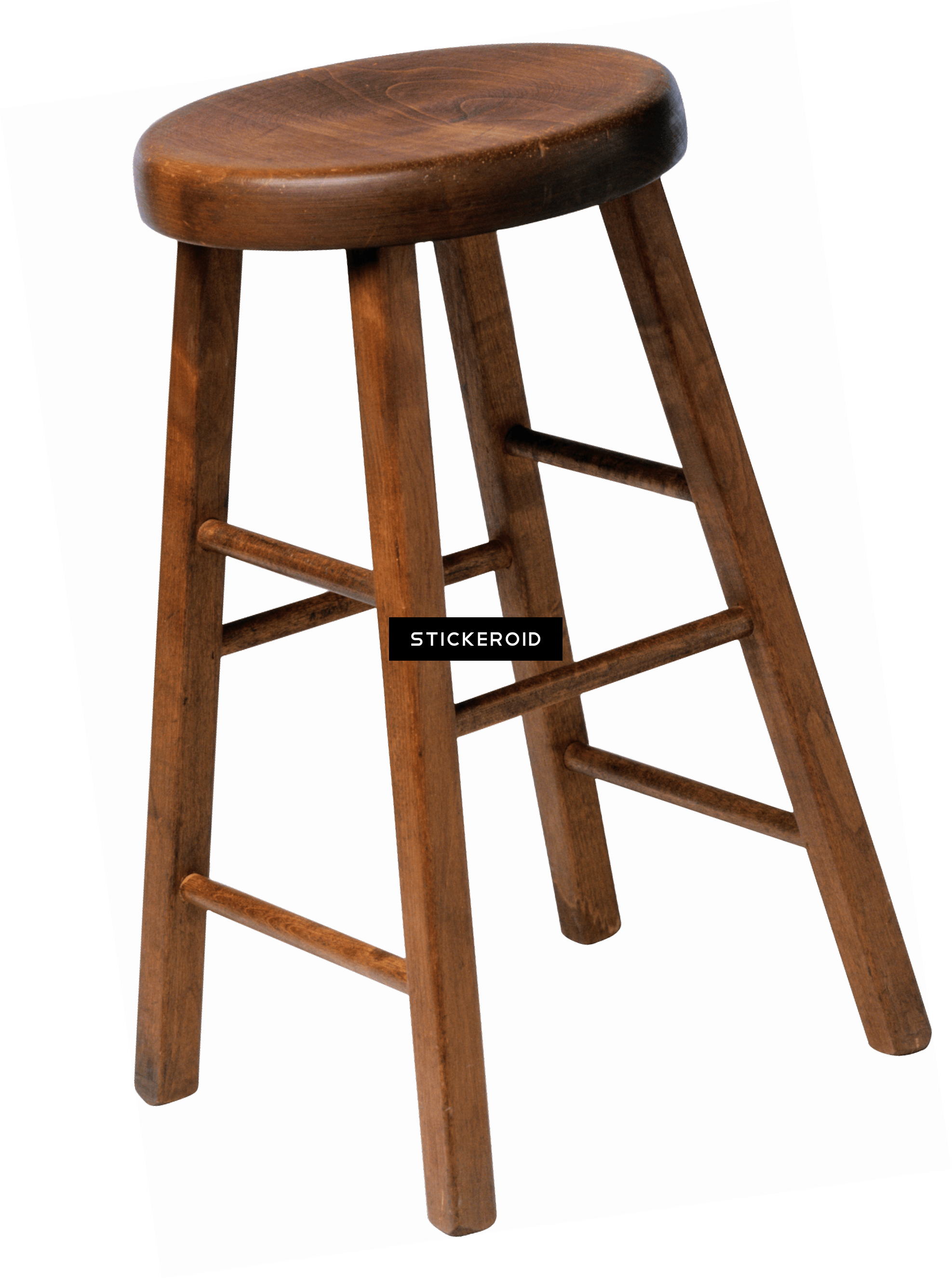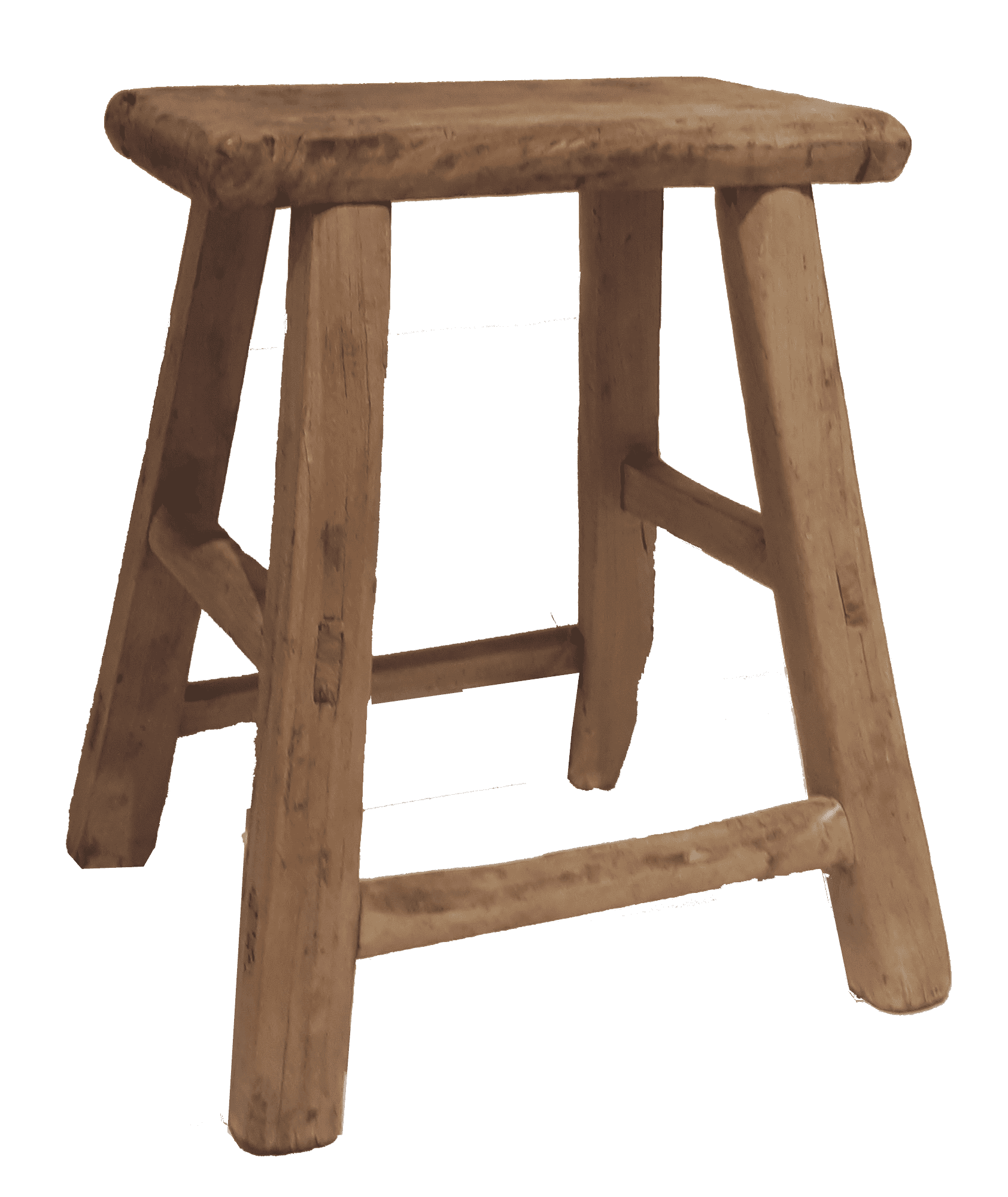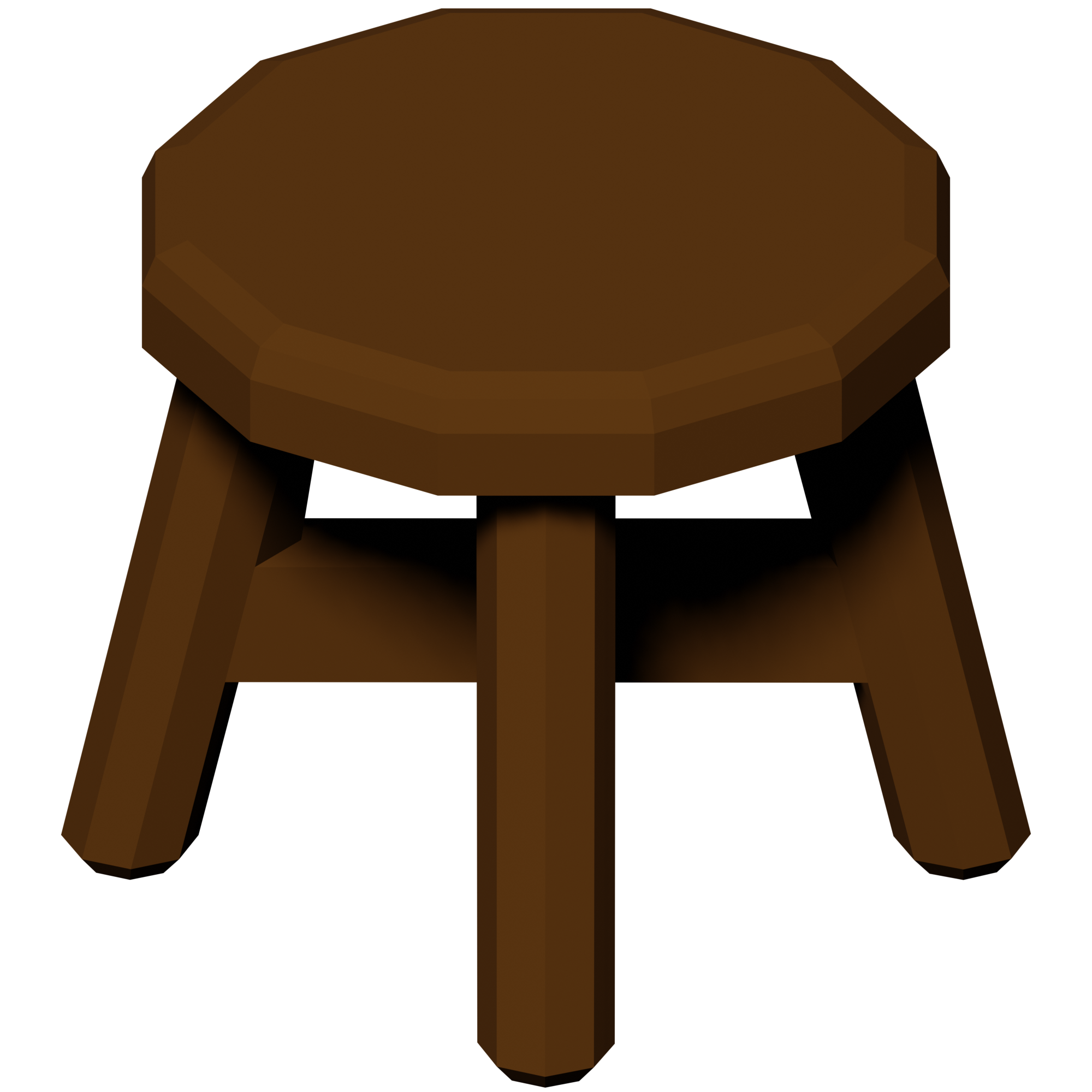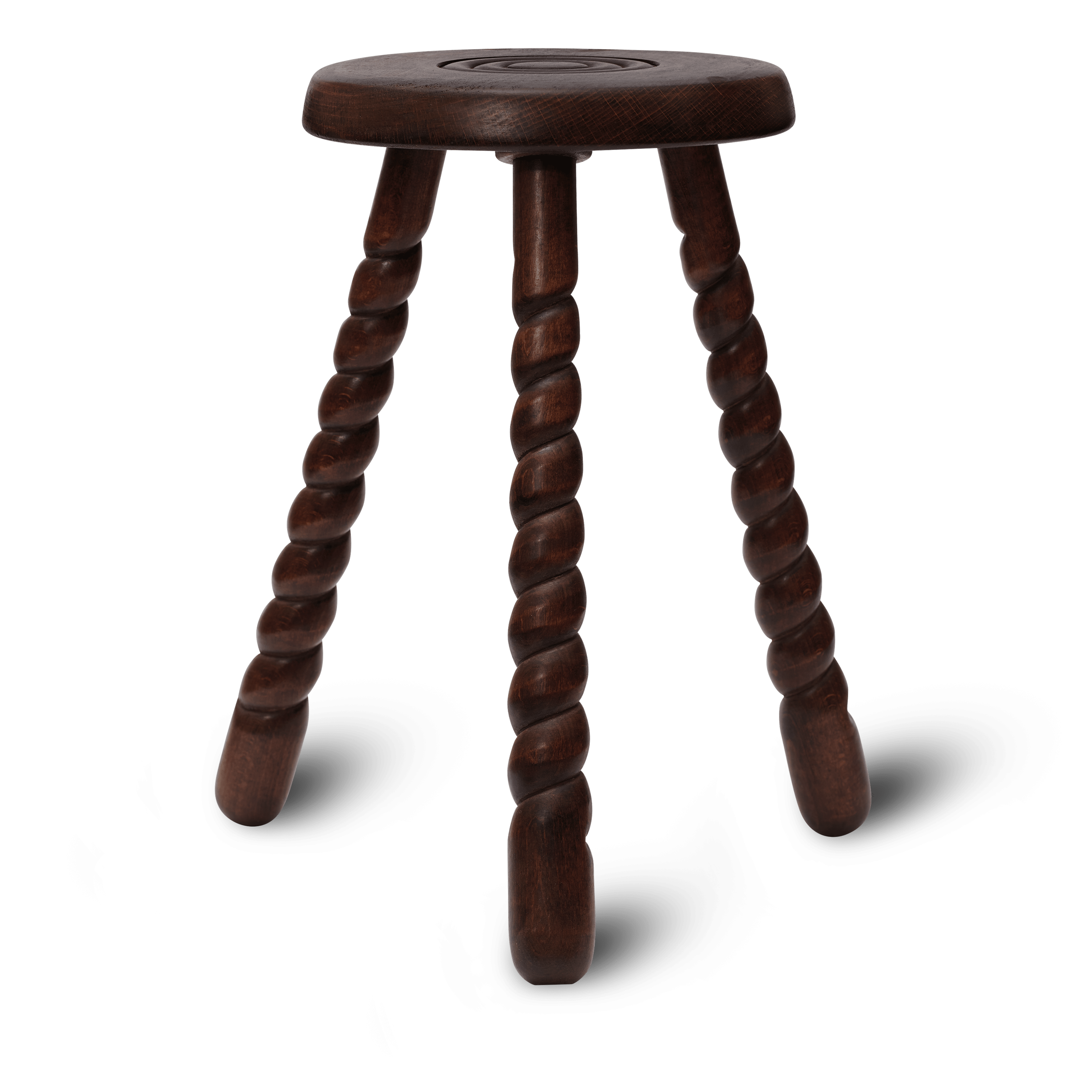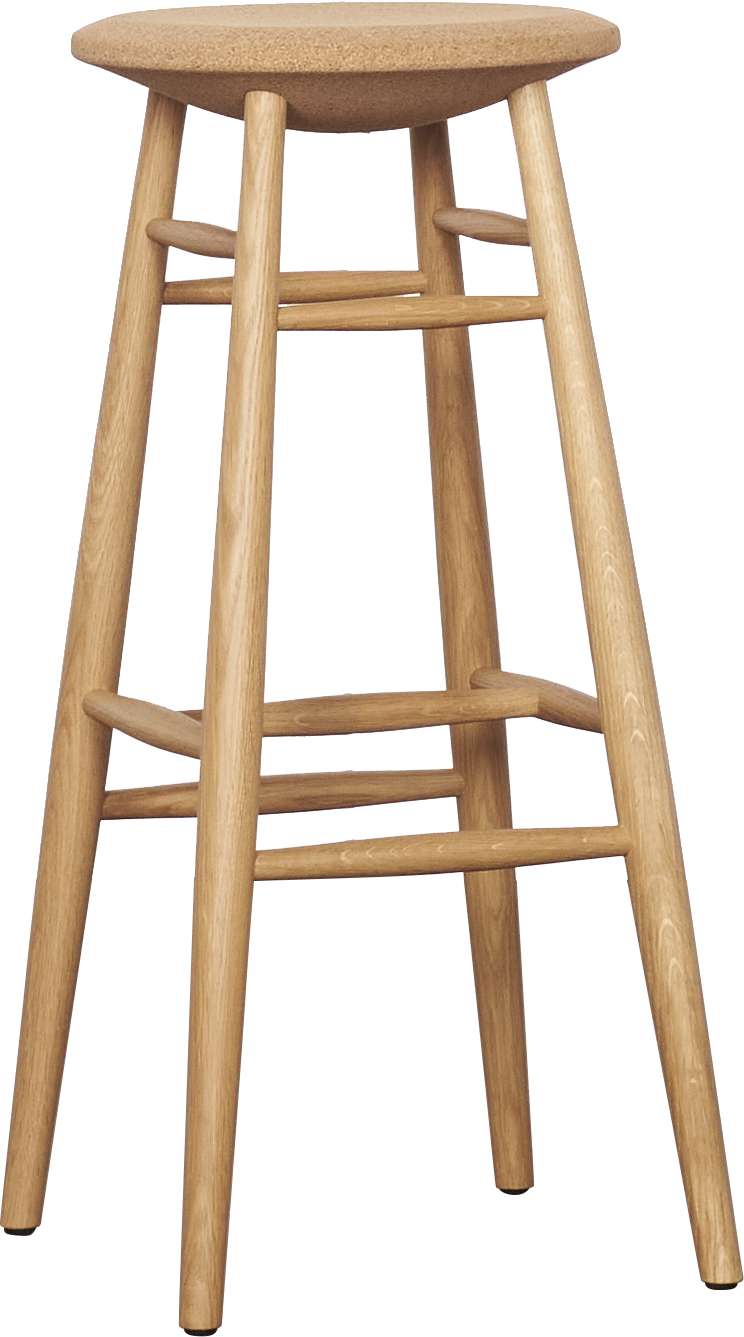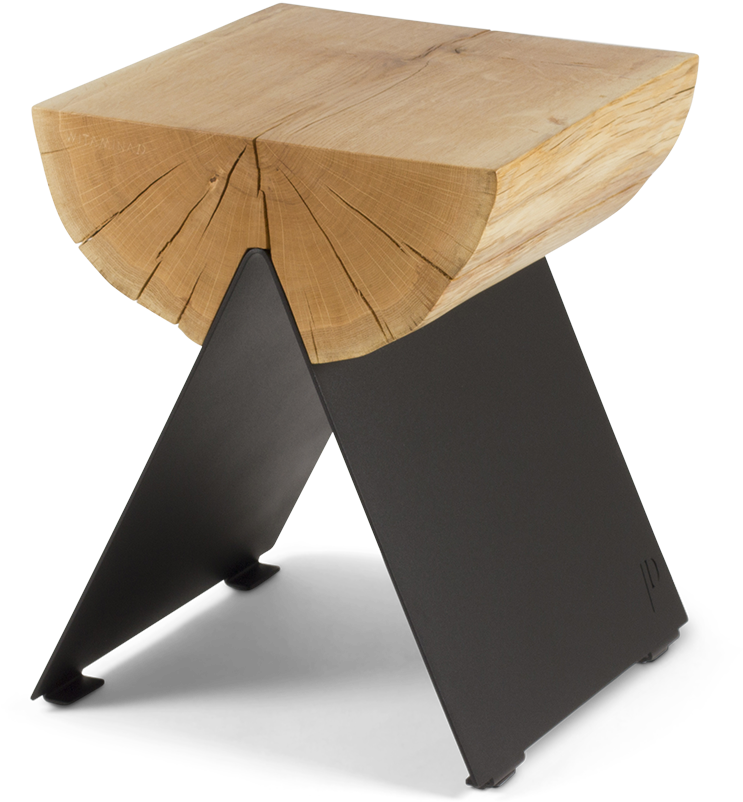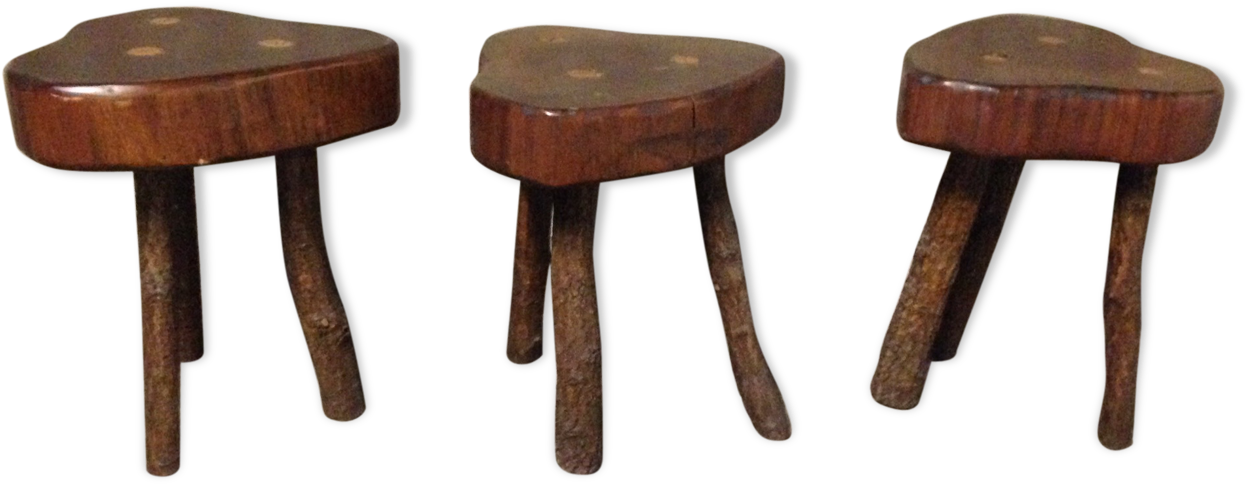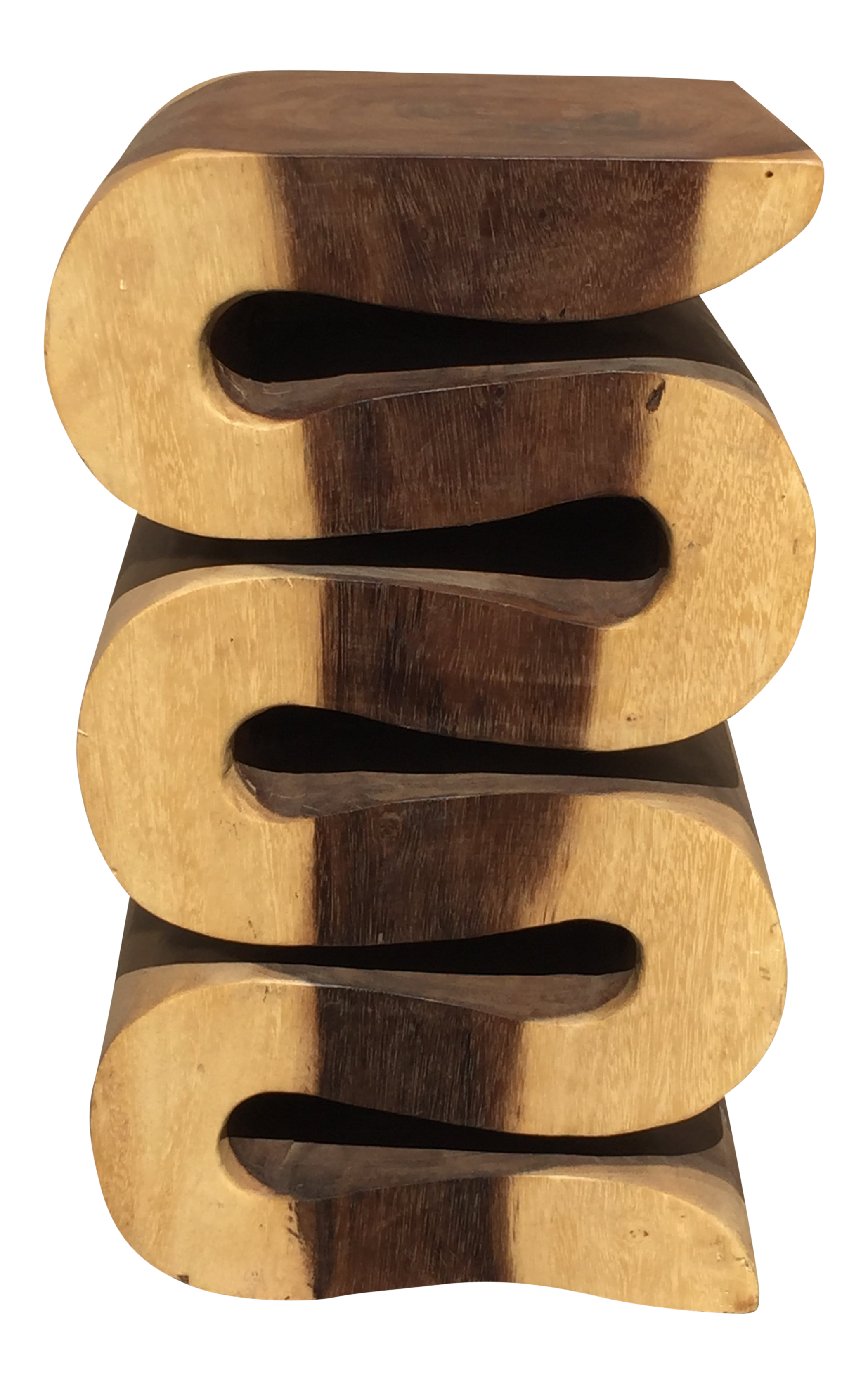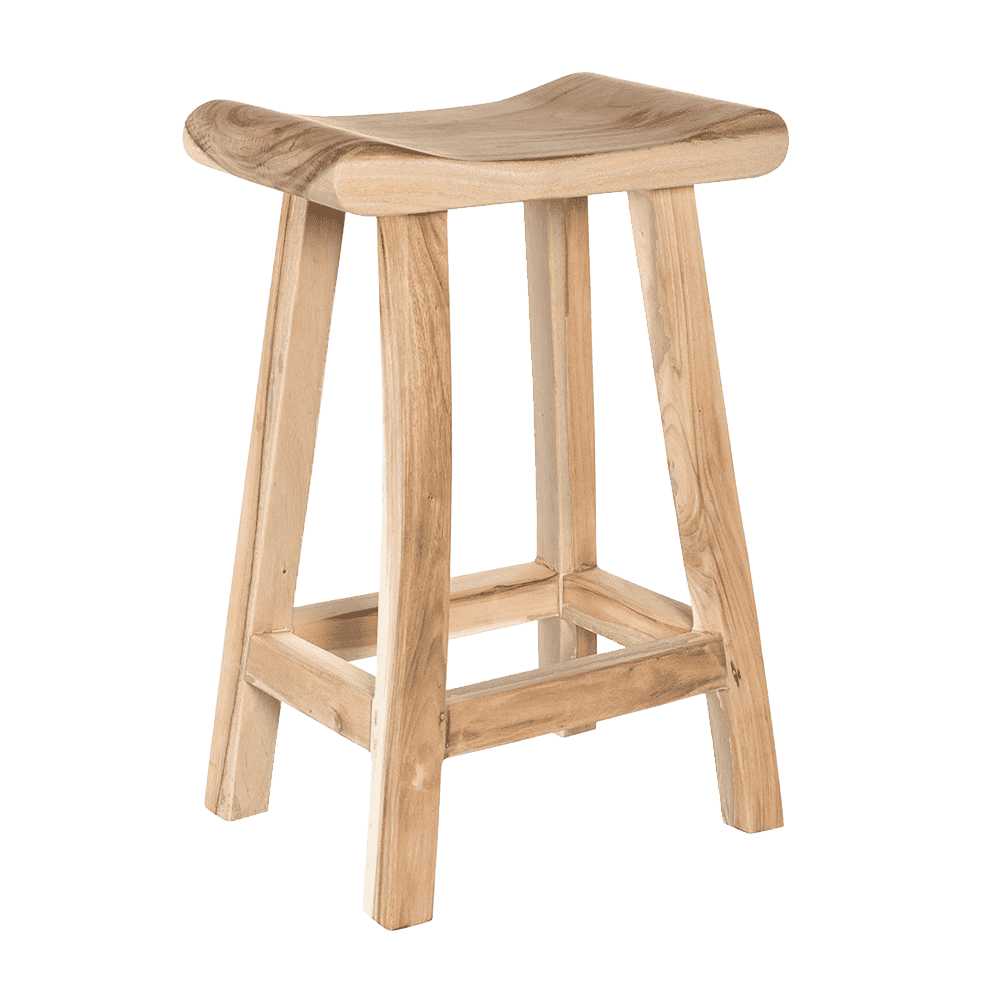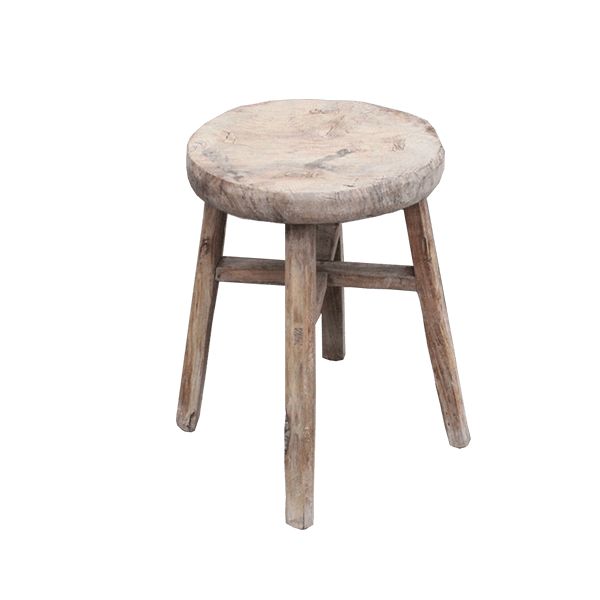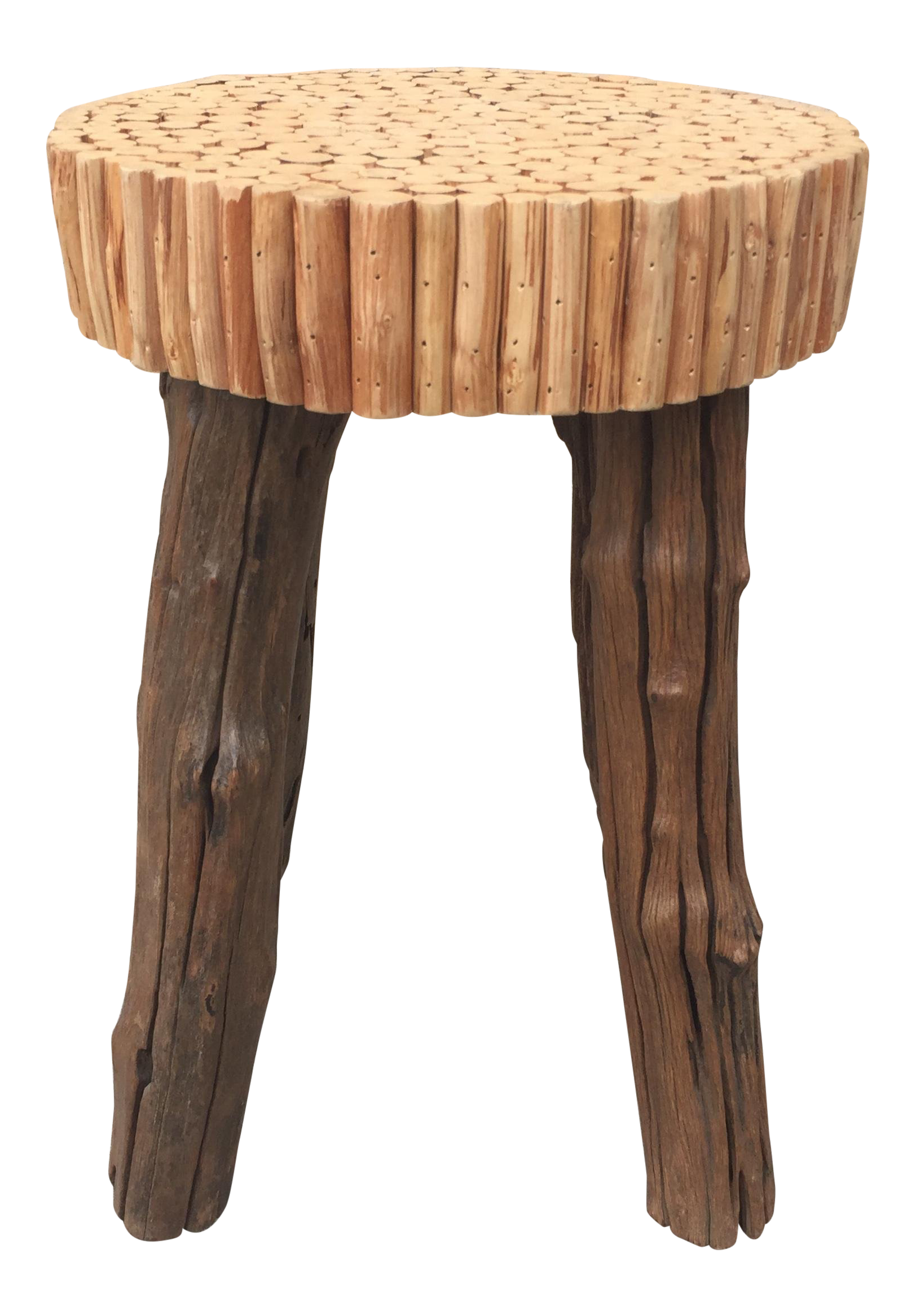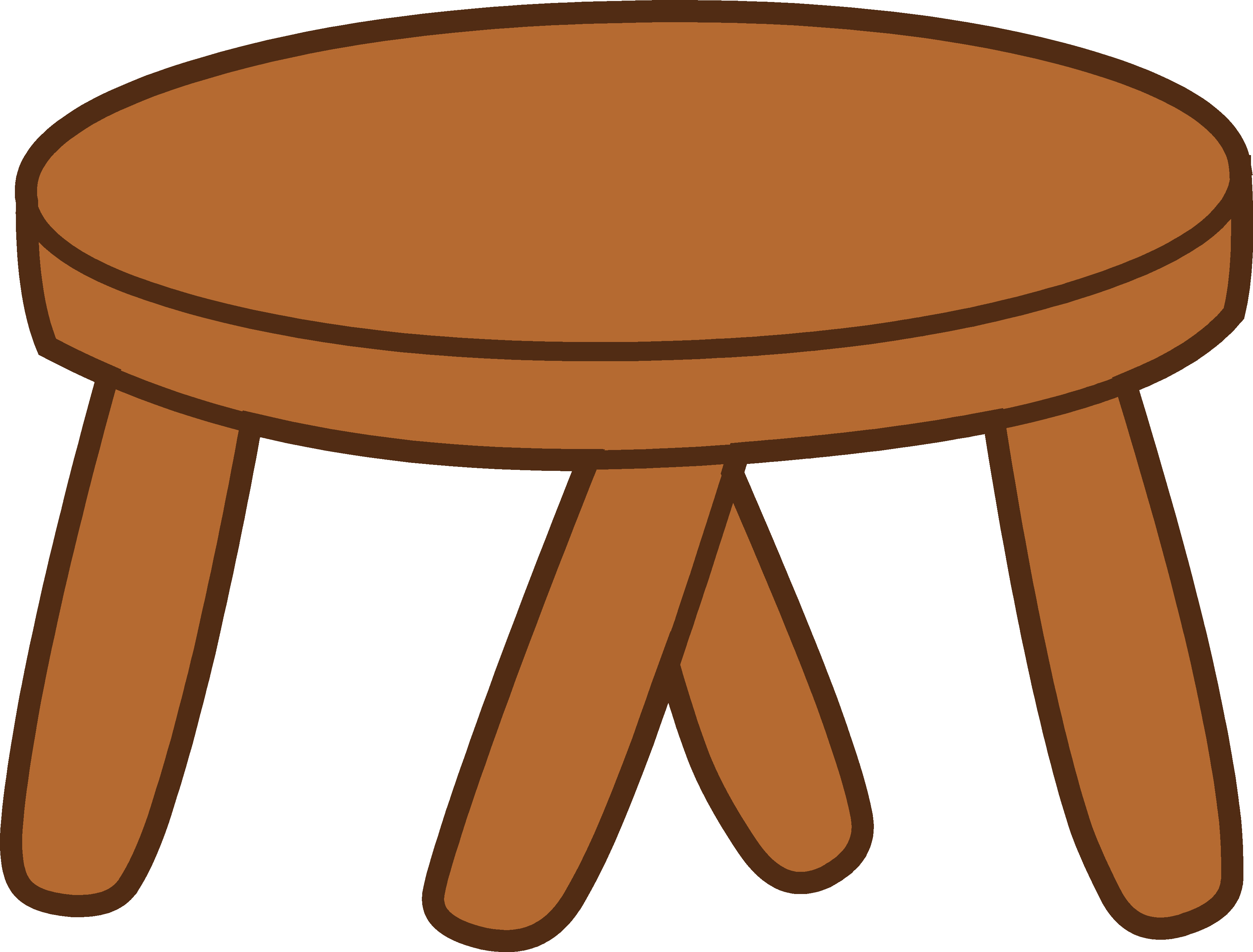Download top and best high-quality free Wooden Stool PNG Transparent Images backgrounds available in various sizes. To view the full PNG size resolution click on any of the below image thumbnail.
License Info: Creative Commons 4.0 BY-NC
One of the earliest types of seat furniture is the stool. It resembles a chair in many ways. It consists of a single seat for one person, with no back or armrests (in early stools), and one, two, three, or four legs on a stool’s base. A stool differs from a chair in that it does not have arms or a back. Some people refer to these different stools as “backless chairs” since they have one, two, or five legs. Backs can be seen on certain contemporary stools. Folding stools may be made flat by turning the seat so that it is parallel to the fold-up legs.
Stools are said to be one of the first kinds of wooden furniture, although its origins are unknown. In Ancient Greece, the diphros was a four-legged stool that came in both fixed and foldable variants. According to Percy Macquoid, the turned stool was brought into Europe by the Varangian Guard from Byzantium, and hence through Norse culture, reaching England via the Normans.
Stool For Milking
Seating in the medieval period consisted of benches, stools, and the extremely uncommon throne-like seats that served as a prestige symbol. The boarded or Gothic stool, a small seat with two board-like feet at the ends, and the plain turned stool were popular. Both the turned chair and the Windsor chair have their origins in turned stools.
The simplest stool had a solid board seat with three legs with round mortice and tenon joints, similar to the Windsor chair. The green woodworking method of putting already-dried legs into a still-green seat was most likely employed to make these basic chairs. The joints are held tight while the seat dries and shrinks. These legs were first created by cutting down a basic branch or pole, with later versions taking on turned forms.
Three-legged stools have been found in artifacts dating back to the 17th century, as well as an image of an early turned stool from the same time. Three-legged stools are useful for agricultural workers milking cows, for example.
Later advances in the 17th century developed the joined stool, which used growing joinery methods to create a bigger box-like stool from the smallest amount of wood possible by connecting long thin spindles and rails at right angles.
The backstool is a stage between the stool and the chair in the development process. A basic three-legged twisted stool with a crossways pad would have its back leg stretched outwards. Backstools were always three-legged, with the back leg in the center.
Turned backstools paved the way for the three-legged turned chair, which had a wider backrest supported by diagonal spindles that went down to front leg extensions. The turned armchair design evolved as these diagonal supports grew larger, taller, and more level throughout time.
Download Wooden Stool PNG images transparent gallery.
- Wooden Stool Furniture PNG File
Resolution: 731 × 731
Size: 95 KB
Image Format: .png
Download
- Wooden Stool Furniture PNG Image
Resolution: 600 × 1038
Size: 153 KB
Image Format: .png
Download
- Wooden Stool Furniture PNG Photo
Resolution: 501 × 513
Size: 135 KB
Image Format: .png
Download
- Wooden Stool Furniture PNG Cutout
Resolution: 492 × 352
Size: 202 KB
Image Format: .png
Download
- Wooden Stool PNG Pic
Resolution: 630 × 315
Size: 18 KB
Image Format: .png
Download
- Wooden Stool PNG File
Resolution: 2000 × 2000
Size: 1180 KB
Image Format: .png
Download
- Wooden Stool PNG Image
Resolution: 720 × 669
Size: 70 KB
Image Format: .png
Download
- Wooden Stool PNG Photo
Resolution: 803 × 602
Size: 398 KB
Image Format: .png
Download
- Wooden Stool PNG Cutout
Resolution: 512 × 512
Size: 16 KB
Image Format: .png
Download
- Wooden Stool PNG Images
Resolution: 1652 × 2444
Size: 1026 KB
Image Format: .png
Download
- Wooden Stool Furniture PNG Photos
Resolution: 500 × 500
Size: 146 KB
Image Format: .png
Download
- Wooden Stool Furniture Transparent
Resolution: 512 × 512
Size: 6 KB
Image Format: .png
Download
- Wooden Stool Furniture PNG Clipart
Resolution: 500 × 230
Size: 63 KB
Image Format: .png
Download
- Wooden Stool PNG Photos
Resolution: 960 × 708
Size: 181 KB
Image Format: .png
Download
- Wooden Stool Transparent
Resolution: 512 × 512
Size: 17 KB
Image Format: .png
Download
- Wooden Stool PNG Clipart
Resolution: 512 × 512
Size: 87 KB
Image Format: .png
Download
- Wooden Stool PNG Picture
Resolution: 800 × 400
Size: 68 KB
Image Format: .png
Download
- Wooden Stool PNG HD Image
Resolution: 1280 × 720
Size: 266 KB
Image Format: .png
Download
- Wooden Stool PNG Image HD
Resolution: 853 × 720
Size: 85 KB
Image Format: .png
Download
- Wooden Stool No Background
Resolution: 512 × 512
Size: 8 KB
Image Format: .png
Download
- Wooden Stool PNG Images HD
Resolution: 1280 × 1087
Size: 69 KB
Image Format: .png
Download
- Wooden Stool Furniture
Resolution: 1664 × 1773
Size: 1022 KB
Image Format: .png
Download
- Wooden Stool Furniture PNG Images
Resolution: 1975 × 2650
Size: 2955 KB
Image Format: .png
Download
- Wooden Stool Furniture PNG Picture
Resolution: 1684 × 2000
Size: 279 KB
Image Format: .png
Download
- Wooden Stool Furniture PNG HD Image
Resolution: 2000 × 2000
Size: 2918 KB
Image Format: .png
Download
- Wooden Stool Furniture PNG Image HD
Resolution: 3000 × 3000
Size: 1023 KB
Image Format: .png
Download
- Wooden Stool PNG Free Image
Resolution: 744 × 1337
Size: 1072 KB
Image Format: .png
Download
- Wooden Stool PNG Image File
Resolution: 743 × 802
Size: 658 KB
Image Format: .png
Download
- Wooden Stool Background PNG
Resolution: 1245 × 484
Size: 669 KB
Image Format: .png
Download
- Wooden Stool PNG Background
Resolution: 2103 × 3350
Size: 3918 KB
Image Format: .png
Download
- Wooden Stool
Resolution: 1000 × 1000
Size: 103 KB
Image Format: .png
Download
- Wooden Stool PNG
Resolution: 600 × 600
Size: 47 KB
Image Format: .png
Download
- Wooden Stool Furniture PNG
Resolution: 1624 × 2333
Size: 3145 KB
Image Format: .png
Download
- Wooden Stool Furniture PNG Pic
Resolution: 3781 × 2873
Size: 88 KB
Image Format: .png
Download
